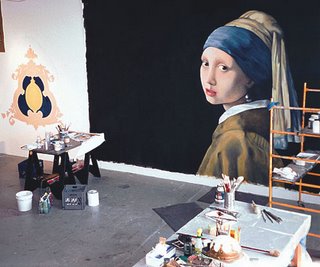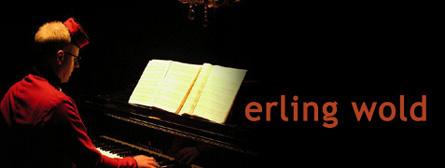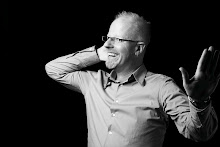undertaking, similitude to painting
 Many Western classical composers have became enamored with their scores but, although scores are sometimes very pretty, they aren't really the thing itself, are they? I happened to run across this old and somewhat embarrassing program note of mine in one of my many self-googling expeditions:
Many Western classical composers have became enamored with their scores but, although scores are sometimes very pretty, they aren't really the thing itself, are they? I happened to run across this old and somewhat embarrassing program note of mine in one of my many self-googling expeditions:"I worry constantly about something Gerard Grisey said to me: 'Our ancestors confused the map for the territory.' Although he was speaking of the way Classical and Romantic composers confused notes for sound, this complaint could just as easily be leveled at composers who are more interested in concept or structure than sound. In fact, I would say that even the sound is less important than the effect, the representation of the work which exists in the listener's mind and body. To gain control over this, one must use the entire language of music available, be very aware of the feelings which develop in one's own body, use systems which give you complete control over all aspects of the sound, and, maybe most importantly, play at high enough volume to shut out all other effects." E.W.
I think most of the music I have written has been more-or-less front-to-back, at least conceived of as a linear structure in time rather than as an object, even if there is some attention to the architecture or foreshadowing of what is to come. Morton Feldman has talked about the influence of his painter friends on his composition and how he approaches a score like a painting, putting up a large gridded paper and skipping about to fill in the details here and there. My friend Craig Harris has pushed for tools to facilitate this kind of work. I'm finding myself doing the same with the latest opera. I've set up a huge timeline inside of Digital Performer and I'm filling it in with orchestral and noisy recordings and electronic this and that as well as synthesized lines. A libretto gives a structure and I'm not sure I could write a large instrumental piece this way; it just isn't the way I think. But as I've been working on this piece I've been expressly thinking of painterly analogies, maybe because I live with a painter and I seem to have more and more painter buddies. Like Lynne, I have been blocking out some sections very roughly just to get an idea of the whole, then going back and refining and painting in the details. Like Amy, I am painting on layer after layer, the final color and rhythmic texture being a rich mix of bubbled up sound. In my electronic works at least, I seem to like a lot of layers, foregrounds and backgrounds and in between.
Labels: amy crehore, composition, lynne rutter, mordake, music, opera







